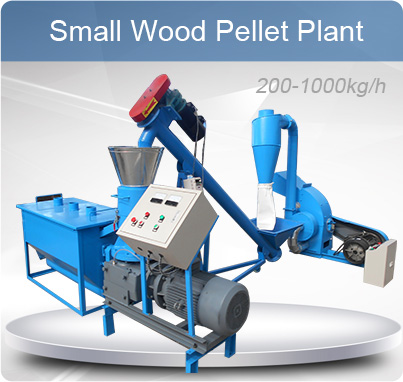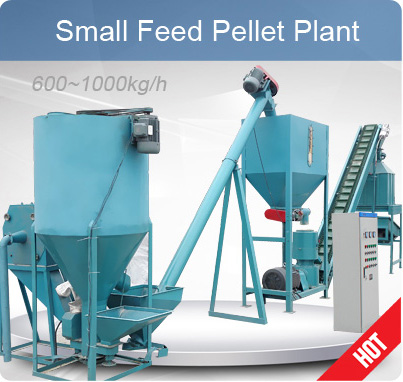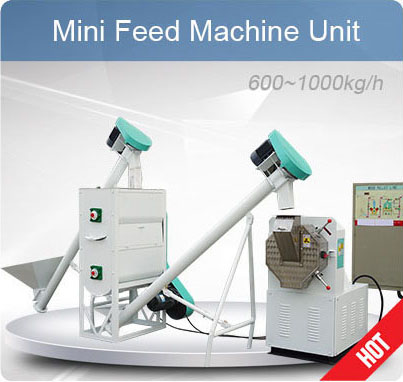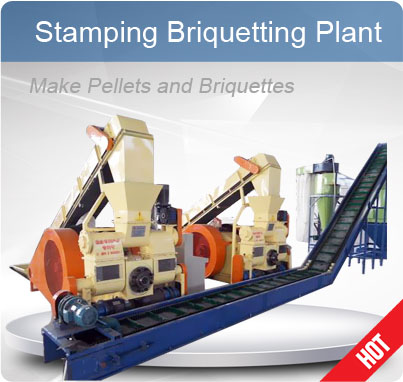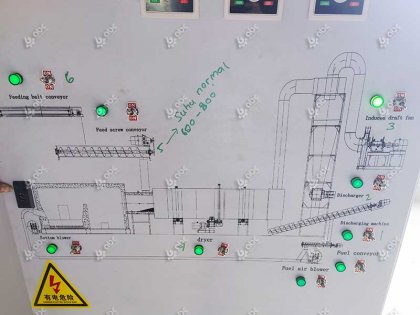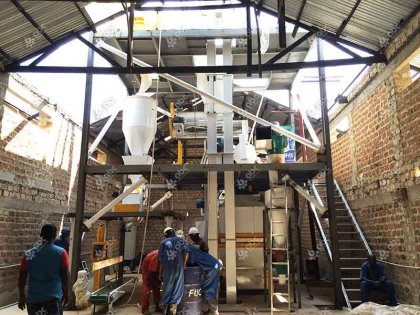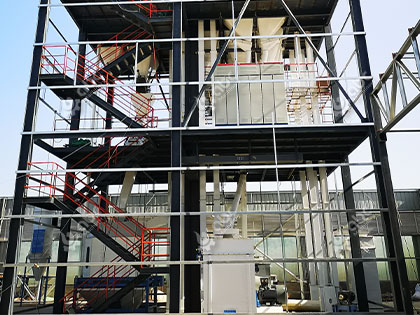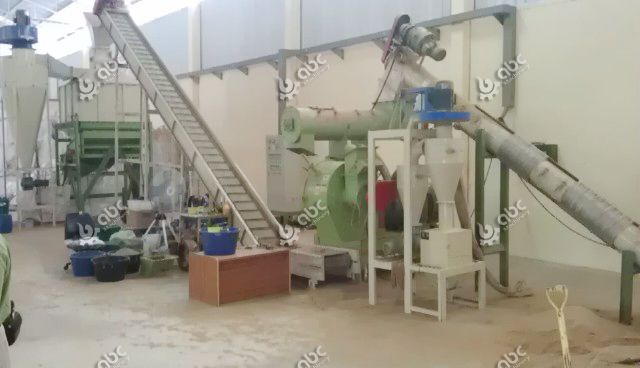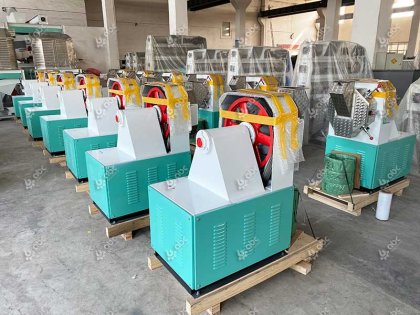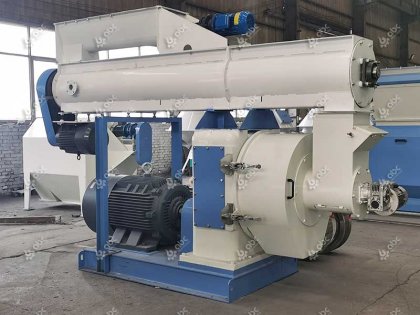RDF Plant Project Overview
The implementation of RDF plant projects requires careful planning, technical expertise, and efficient execution to ensure optimal performance in industrial applications. RDF, or Refuse Derived Fuel, involves converting waste into fuel that can be used in energy generation. The success of an RDF plant project largely depends on a solid understanding of its core technologies, including waste sorting, drying, and fuel pelletization. Moreover, optimizing the project for both cost-effectiveness and environmental impact is crucial for achieving long-term sustainability.
In RDF plant projects, the process begins with the design and planning stage. This includes assessing the available waste materials, determining their calorific value, and choosing the appropriate processing technology. Once the plant design is finalized, equipment selection and layout become central to ensuring operational efficiency. A well-optimized RDF plant reduces operational costs while maximizing the recovery of valuable energy from waste.
A typical RDF plant project might include the following stages:
- Design and Engineering: Detailed planning for waste processing, equipment setup, and energy output.
- Equipment Selection: Choosing the best machinery for sorting, shredding, drying, and pelletizing waste materials.
- Implementation and Commissioning: Installation, testing, and operational adjustments to ensure the plant functions efficiently.
- Optimization and Maintenance: Continuous monitoring and optimization of equipment and processes to ensure peak performance.
Real-world RDF plant projects have demonstrated that strategic design and technology selection can significantly impact both performance and profitability. With the right approach, an RDF plant can operate at over 85% efficiency, producing clean fuel while minimizing environmental waste.
RDF Plant Optimization Case Studies
Optimization of RDF plants is an ongoing process that involves continuous monitoring and adjustment of systems to improve efficiency, reduce costs, and enhance the quality of the final product. Several successful case studies have highlighted the effectiveness of process optimization and engineering solutions in RDF plant projects.
One case study of an RDF plant in Europe demonstrates how advanced drying technology significantly improved fuel quality. By implementing a rotary drum dryer system, the plant achieved a reduction in moisture content from 30% to just 12%, which directly increased the calorific value of the RDF material. This enhancement not only improved the efficiency of the plant but also resulted in a higher value product for sale.
Another example comes from a project in Asia, where an RDF plant focused on improving the sorting process. By using automated sorting systems that employed AI and robotics, the plant was able to reduce labor costs and improve the purity of the RDF output. The implementation of this technology led to a 20% increase in fuel recovery rates, while also cutting down on manual errors in the sorting process.
Key insights from these case studies show the importance of:
- Choosing the right drying and sorting technologies: Advanced systems can reduce costs while improving fuel quality.
- Process automation: Incorporating AI and robotics can optimize labor efficiency and reduce errors.
- Continuous optimization: Regular updates to the process can ensure maximum output efficiency.
How to Select the Right RDF Equipment and Technology
Selecting the right equipment and technology for an RDF plant is crucial for ensuring efficient operation and long-term profitability. There are several key factors to consider when making these decisions, including the type of waste materials being processed, the desired output, and the specific technological capabilities of the equipment.
The core technologies involved in RDF plants typically include shredders, conveyors, drying systems, and pelletizers. Choosing the right shredder, for instance, depends on the type of waste to be processed. A plant handling mixed waste will require a heavy-duty shredder capable of handling a variety of materials, while a plant focused on specific types of waste, like paper or plastics, may benefit from specialized equipment.
Furthermore, the drying technology selected for the plant will have a direct impact on the efficiency of the process. High-efficiency drying systems, such as rotary drum dryers, ensure that the waste is processed at an optimal temperature and moisture level, improving both energy recovery and fuel quality.
Key considerations for RDF equipment selection include:
- Waste Type: Determine which equipment is best suited to process the specific types of waste.
- Energy Efficiency: Select technologies that will reduce energy consumption and increase output.
- Automation Potential: Choose equipment that allows for automated operation and monitoring to minimize labor costs.
When selecting RDF equipment, it is essential to choose technologies that align with the plant’s specific needs and optimize both operational efficiency and fuel recovery.
Contact us today to discuss how our team can help you select the ideal RDF equipment for your project, ensuring optimized performance and high returns.
Cost Control and ROI Enhancement in RDF Plant Projects
Effective cost control strategies are essential for the successful execution of RDF plant projects. Managing expenses throughout the design, implementation, and operation stages can significantly improve the return on investment (ROI).
One of the most effective cost control strategies involves reducing energy consumption. By selecting energy-efficient technologies and implementing smart automation systems, RDF plants can lower operational costs while maintaining optimal output. For example, using variable frequency drives (VFDs) for motors and pumps can lead to significant energy savings, as these systems adjust to demand rather than running at full capacity constantly.
Another key factor in cost control is ongoing maintenance. Preventive maintenance programs that include regular inspections and servicing can extend the life of equipment and prevent costly breakdowns. In fact, data from industry reports suggest that well-managed RDF plants can reduce maintenance costs by up to 15% annually.
The impact of cost control on ROI can be seen in the following ways:
- Energy Savings: By reducing energy consumption, plants can save up to 20% on operational costs.
- Preventive Maintenance: Regular maintenance can increase equipment lifespan by 10-15%, reducing replacement costs.
- Operational Efficiency: Optimized systems improve plant throughput, leading to greater revenue generation.
Unlock significant savings by optimizing your RDF plant’s energy consumption and maintenance protocols – Get in touch now for a tailored cost-control plan.




